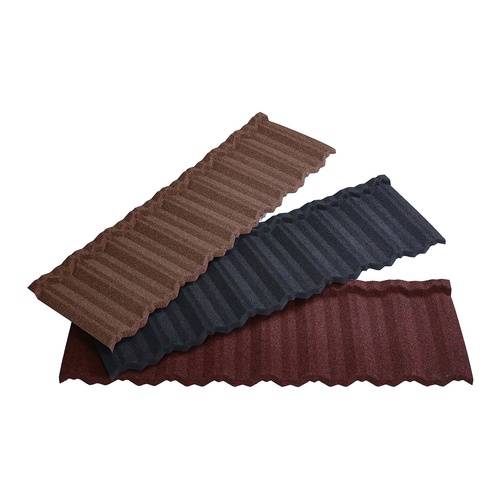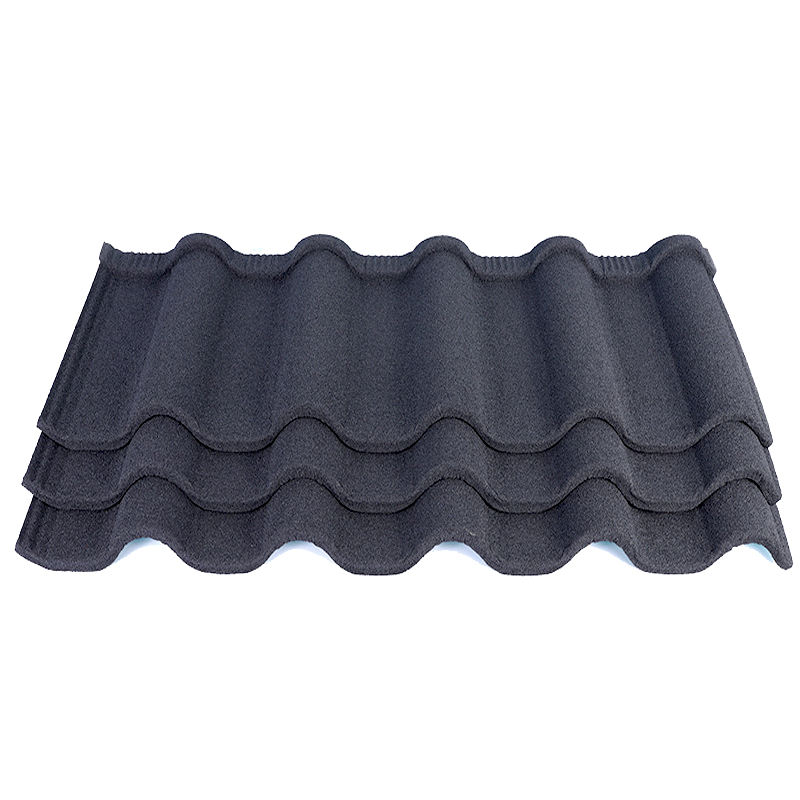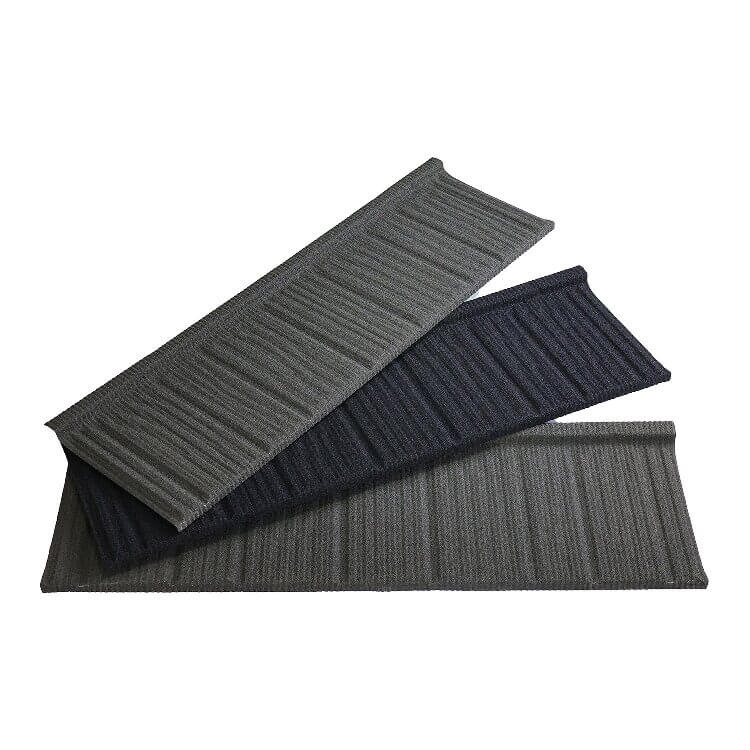How do roofing specialists educate customers about the cultural and ancient significance of
Classic Roof Tiles, influencing their alternatives in roofing materials for heritage or traditionally inspired initiatives?
Roofing professionals hire diverse strategies to educate customers about the cultural and historical importance of classic roof tiles, influencing their selections in roofing materials for history or historically inspired tasks. Here are a few not unusual tactics:
1. **Historical Context Presentations:**
- Roofing specialists regularly provide clients with displays or documentation that show off the ancient context of traditional roof tiles. This may also include examples of iconic homes or structures that characteristic comparable roofing materials, emphasizing the cultural significance.
2. **Material Samples and Demonstrations:**
- Physical samples of traditional roof tiles may be used to demonstrate their texture, coloration, and craftsmanship. Clients can also have the opportunity to touch and experience the materials, assisting them understand the aesthetics and ancient relevance.
3. **Case Studies and Project Examples:**
- Roofing experts percentage case studies and examples of beyond tasks in which classic roof tiles had been correctly used to enhance the historic authenticity of a constructing. These real-international examples offer tangible evidence of the impact of such materials.
4. **Interactive Workshops and Seminars:**
- Hosting workshops or seminars permits roofing experts to have interaction at once with clients, offering in-intensity insights into the cultural and historical significance of conventional roof tiles. This interactive approach fosters a better expertise and appreciation of the materials.
5. **Collaboration with Historians and Architects:**
- Roofing experts often collaborate with historians and designers who specialize in history conservation. This multidisciplinary technique brings together understanding from one-of-a-kind fields to provide customers with complete facts about the cultural and historic factors of traditional roof tiles.
6. **Customization Options:**
- Emphasizing the customization alternatives available with classic roof tiles permits clients to connect with the historic element on a non-public level. Discussing how specific styles, colorings, and preparations may be tailored to reflect the client's imaginative and prescient at the same time as preserving historical authenticity may be persuasive.
7. **Educational Materials and Brochures:**
- Providing clients with academic materials, brochures, or pamphlets that succinctly give an explanation for the cultural and historic importance of traditional roof tiles can function reference materials. These sources may be reviewed at the purchaser's convenience.
8. **Field Trips to Historical Sites:**
- Organizing discipline trips to historic websites with homes featuring conventional roof tiles can provide clients a firsthand enjoy of the materials in their intended context. This immersive technique complements their information of the historic significance.
9. **Environmental and Sustainable Aspects:**
- Highlighting the environmental sustainability of conventional roof tiles, particularly if made from natural substances like clay or slate, may be an influential aspect. Connecting the ancient significance with green attributes can attraction to clients who prioritize sustainability.












